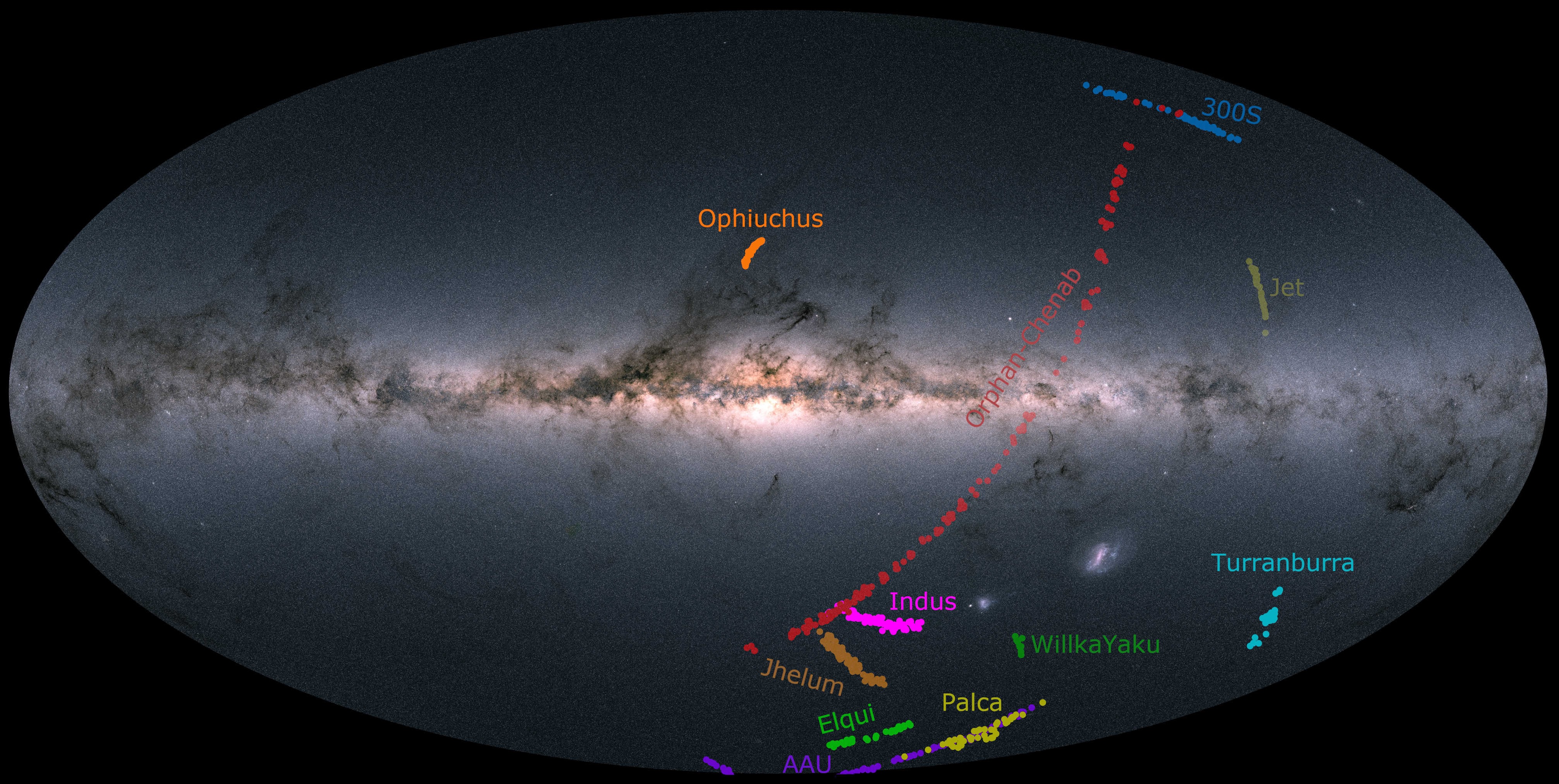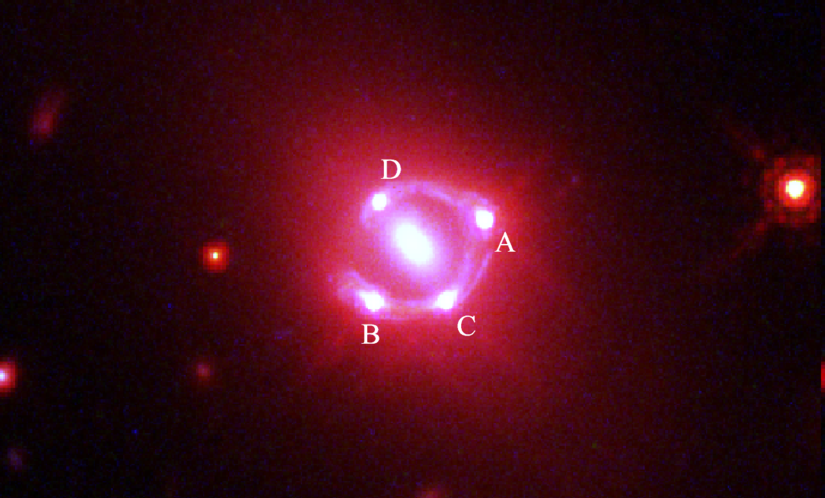Image Credit: NASA, ESA, and G. Bacon (STScI)
A New Approach to Supernova Standardization
June 2024 - Present
Supervisor: Dr. Suhail Dhawan (Kavli Institute for Cosmology, University of Cambridge)
Type Ia Supernovae (SNe Ia) are often used as standard candles since their peak luminosity is an intrinsic property related to the mass of the progenitor, which is usually a Chandrasekhar-mass white dwarf. However, there still exists some scatter in the peak luminosity and hence the light curve. Recent research has found that this scatter can be the result of SNe Ia having progenitors other than white dwarfs. To correct for this, typically we apply the Phillips relation, which is a relation between the maximum luminosity and , or the slope of the light evolution curve specifically between maximum and 15 days post-maximum. This project aims to find a new method of standardization that utilizes the velocity evolution of the Si II 6150 spectral feature. By finding a relation between the velocity gradient of the Si feature and , we can standardize the light curves so that SNe Ia can be used as distance indicators.

Image Credit: Ting Li (Southern Stellar Stream Spectroscopic Survey-S⁵ collaboration)
Intelligent Stream Finder (ISF)
December 2023 - Present
Supervisor: Self-Initiated
Intelligent Stream Finder (ISF) is a software package that uses machine learning to identify members of tidal streams in the Milky Way. Tidal streams are remnants of globular clusters or dwarf galaxies that have been tidally disrupted by the Milky Way. These streams are important for understanding the formation and evolution of the Milky Way, as well as the distribution of dark matter. Most recently, stellar streams have been used to probe the nature of Dark Matter by studying the effects of sub-halo interactions on the morphology of the stream. ISF intends to use a neural network to identify members of streams originating from Globular clusters in the Gaia data set. The NN is trained on the 6-dimensional phase space coordinates of stars as well as photometric data from Gaia. The project's ultimate aim is to scan the entire sky to improve current populations of streams from known progenitors and to possibly identify undiscovered streams.

Image Credit: TDCOSMO. IX. Systematic comparison between lens modelling software programs: time delay prediction for WGD 2038-4008 - Scientific Figure on ResearchGate. Available from: https://www.researchgate.net/figure/False-colour-image-of-the-lens-systems-WGD-2038-4008-This-RGB-image-is-created-from-the_fig1_358814669
Gravitational Lens Modelling
September 2023 - Present
Supervisor: Dr. Jeremy Lim (The University of Hong Kong)
Gravitational lensing is a phenomenon predicted by general relativity in which light from a distant source is bent by the gravitational field of an intervening mass. This can result in multiple images of the source being observed, known as an Einstein ring. This project aims to model the gravitational lensing of a quasar by a galaxy using a software package called 'glafic'. We test various mass models such as the Singular Isothermal Sphere (SIS) or the Navarro-Frenk-White (NFW) profile to model the lensing galaxy. Glafic, given a specific mass model, predicts the positions, magnifications, and time delays of the multiple images of the quasar. Then we compare the predictions of glafic with known observations of the lens system to determine the best-fitting mass model. We also employ various constraints including fixing the positions and fluxes of the images to test how well the model can fit for a particular mass model. This project is being done in collaboration with a large group of students at the University of Hong Kong.